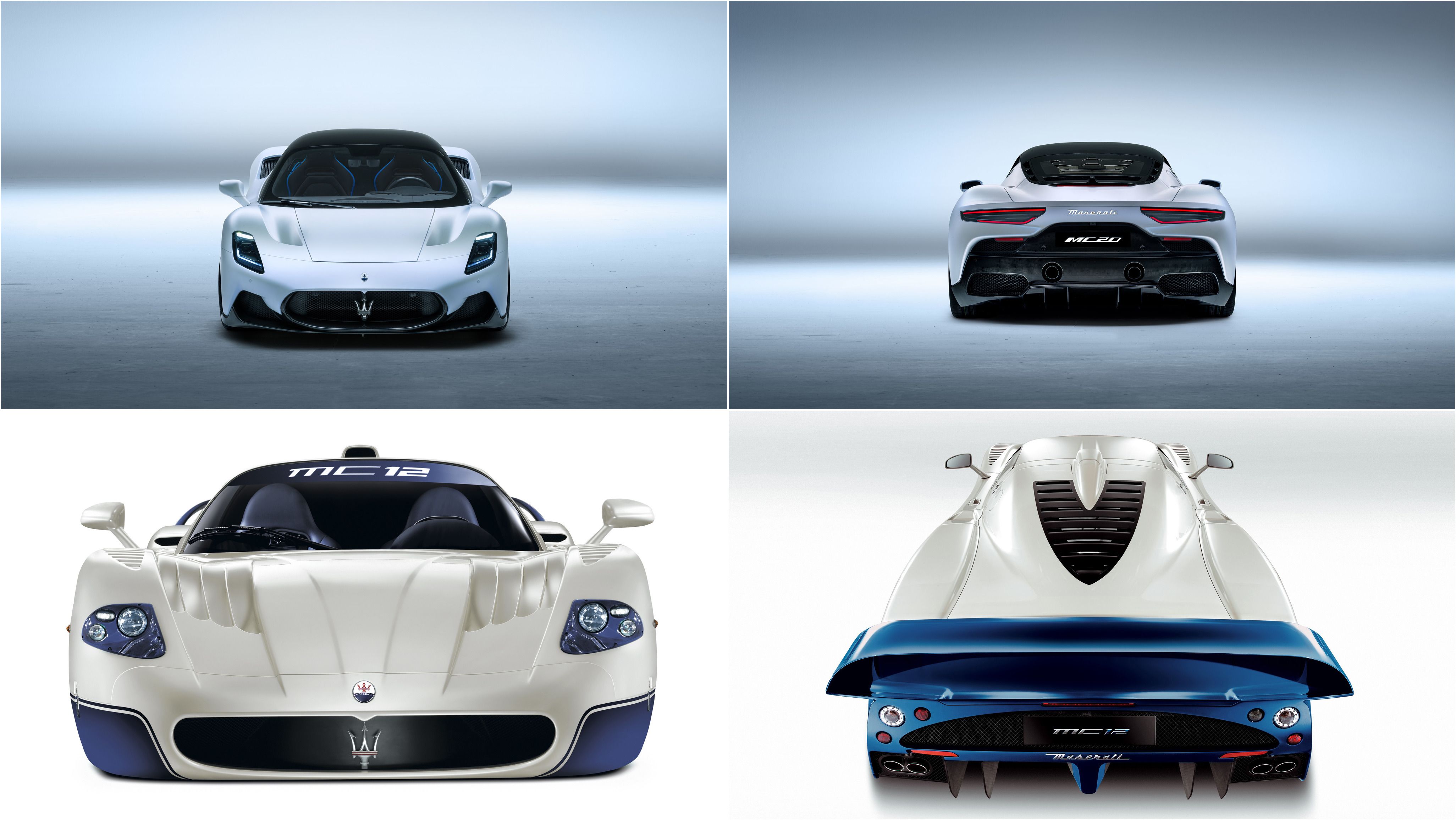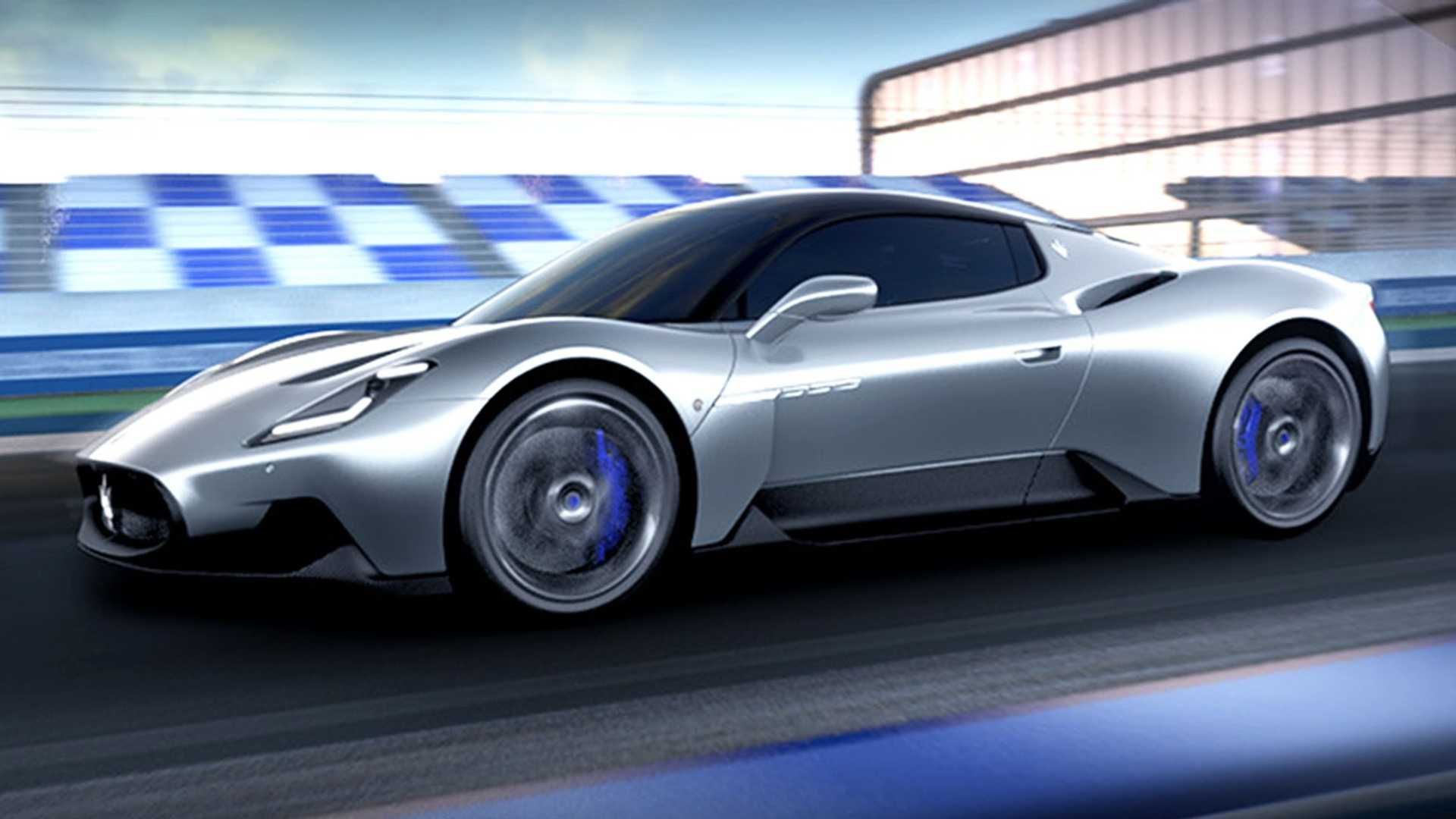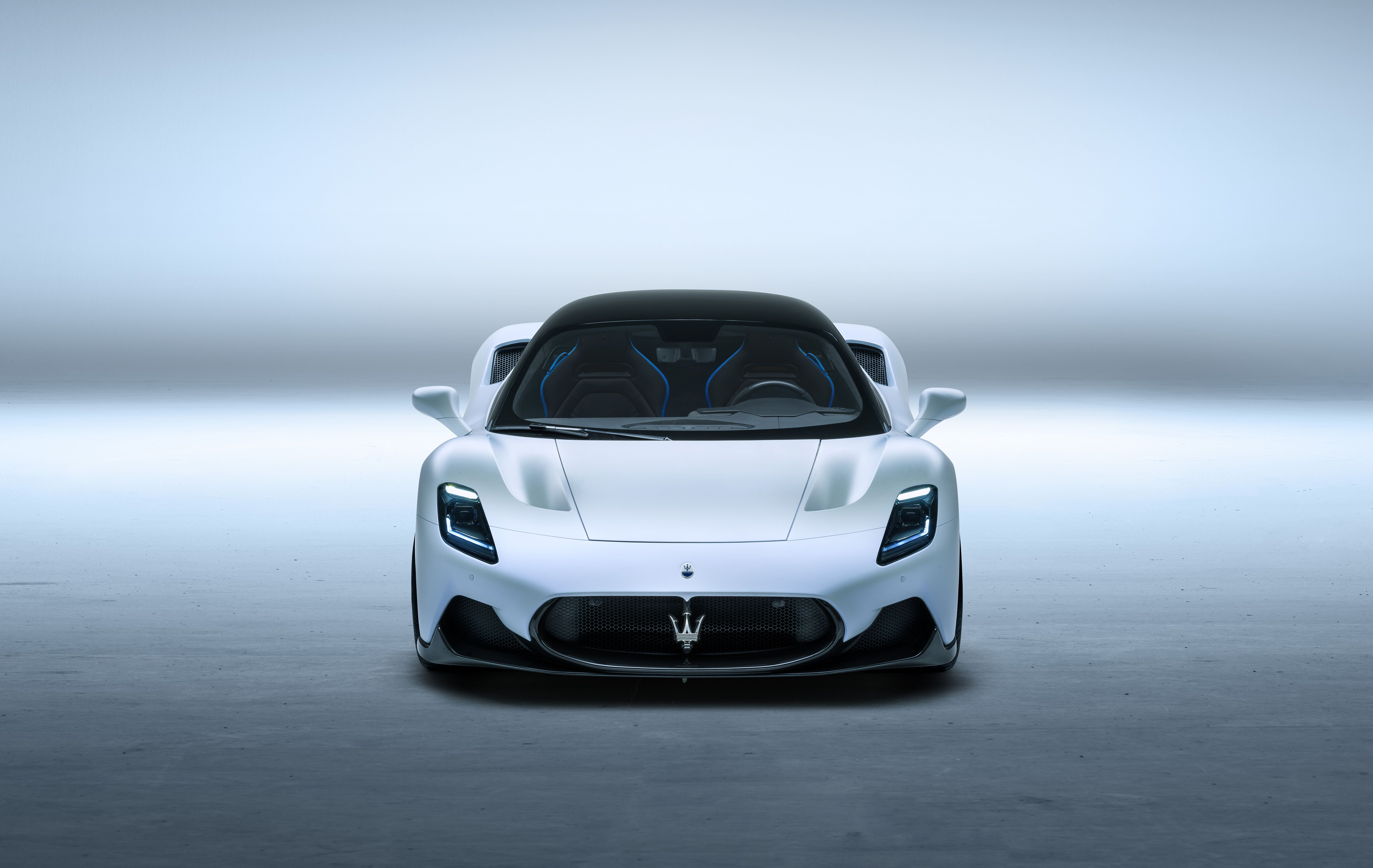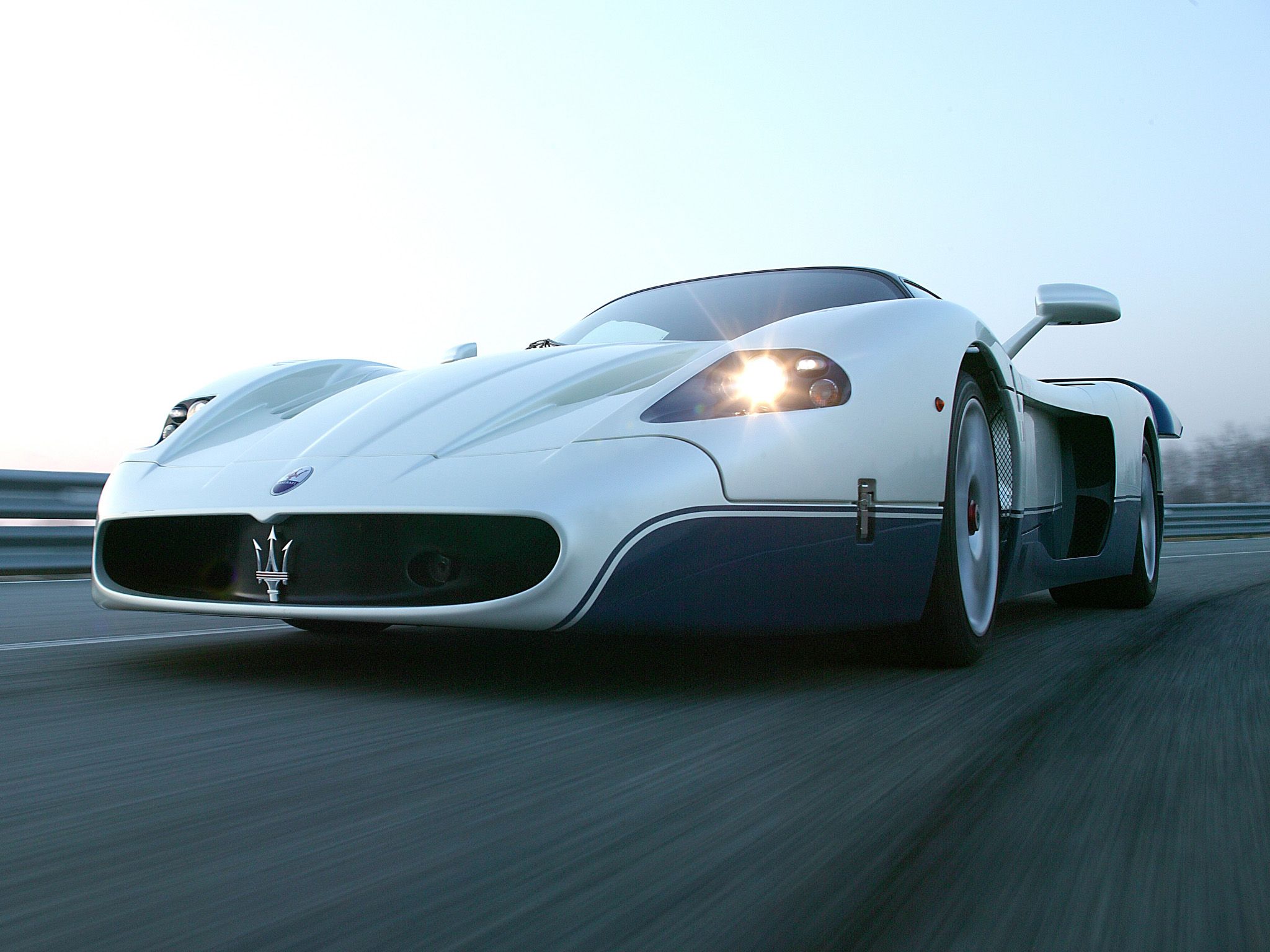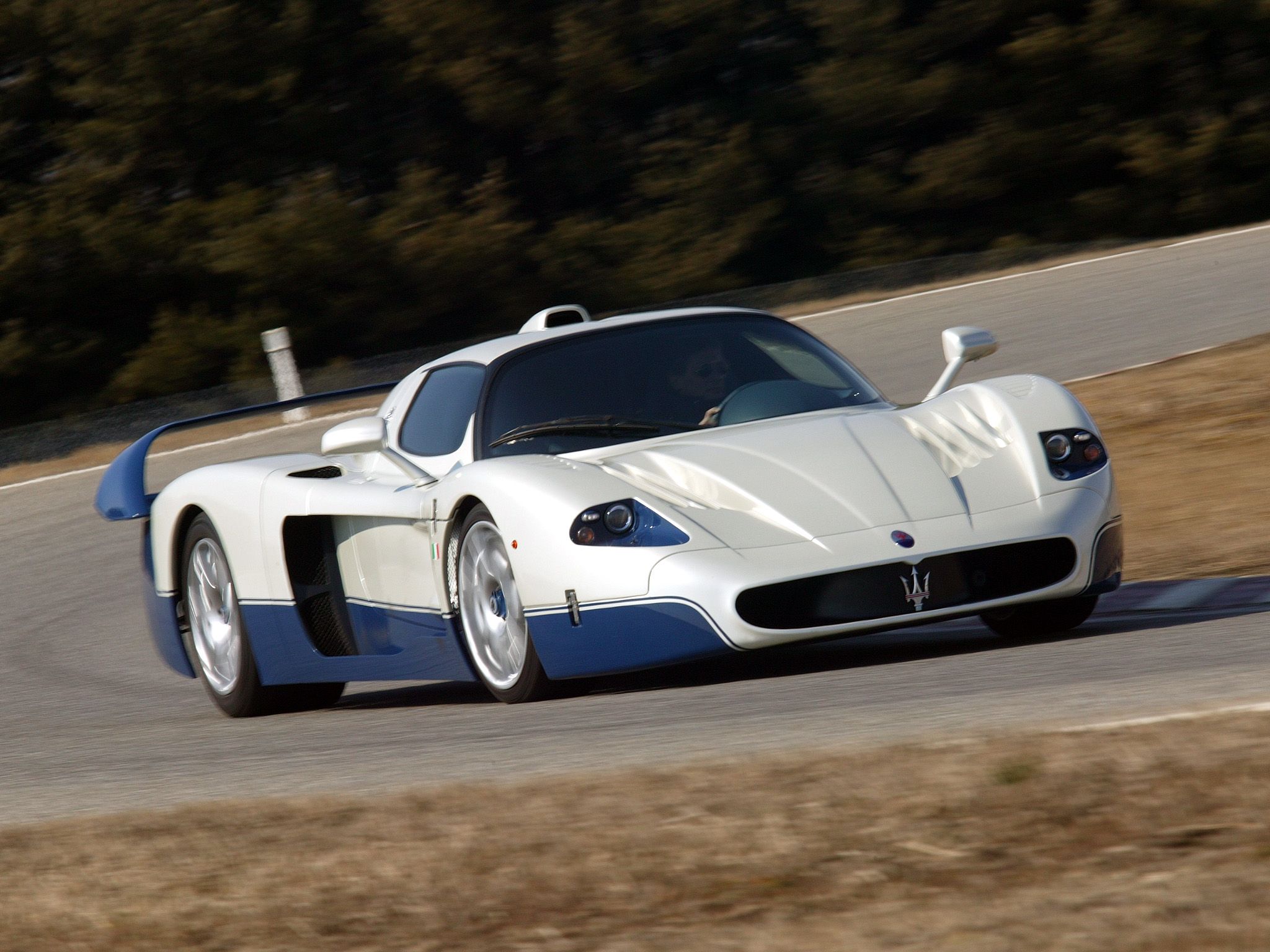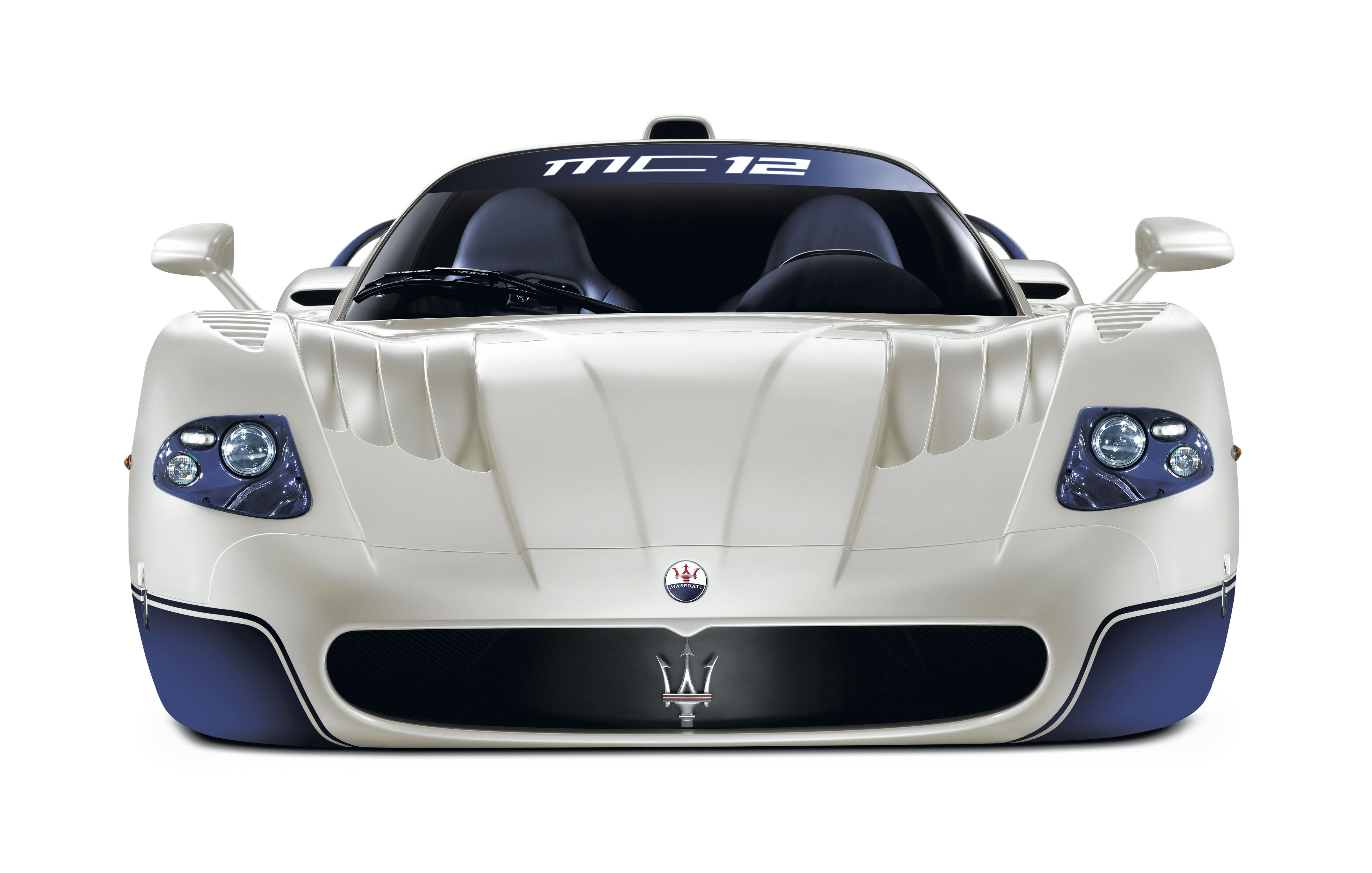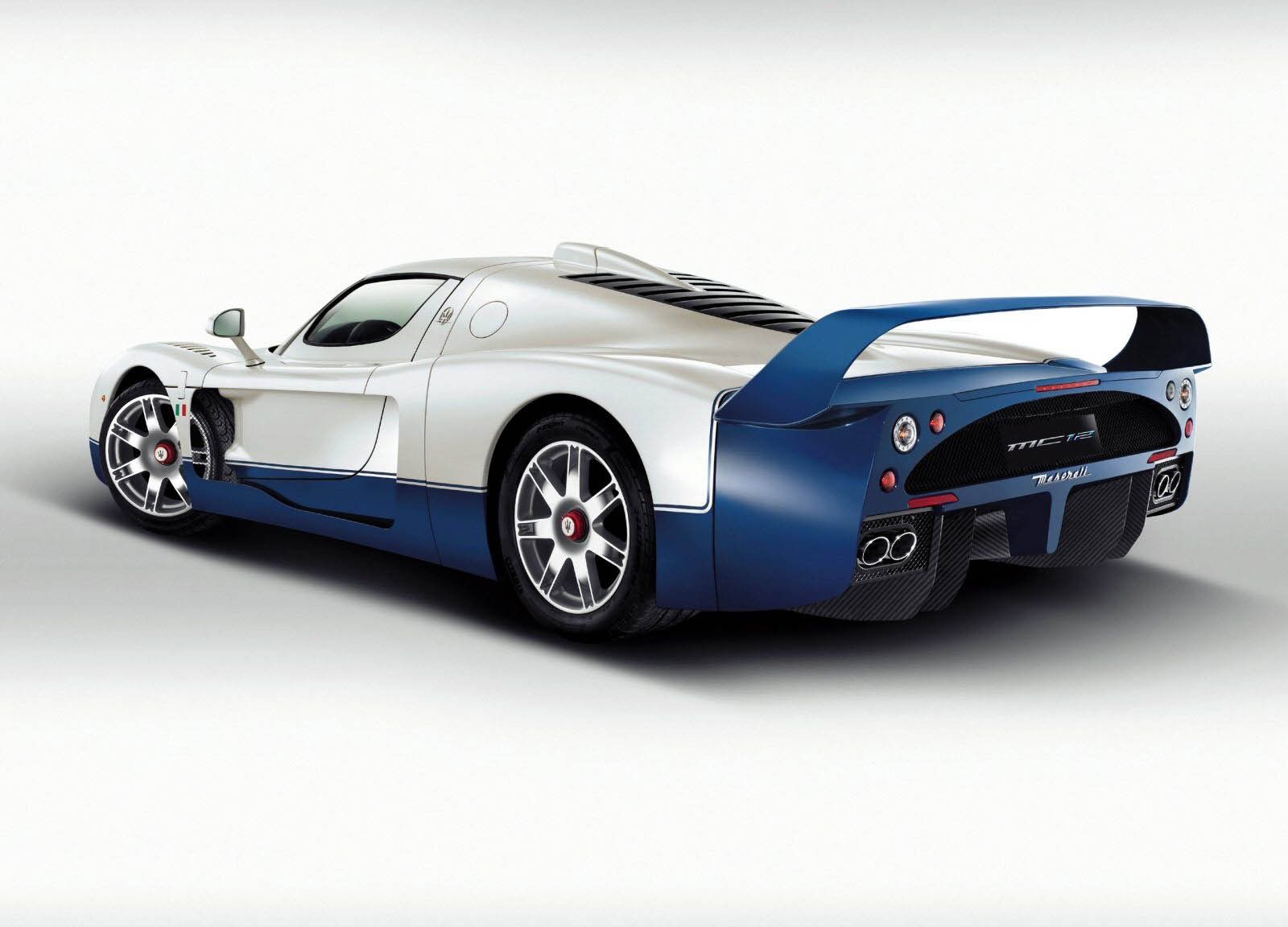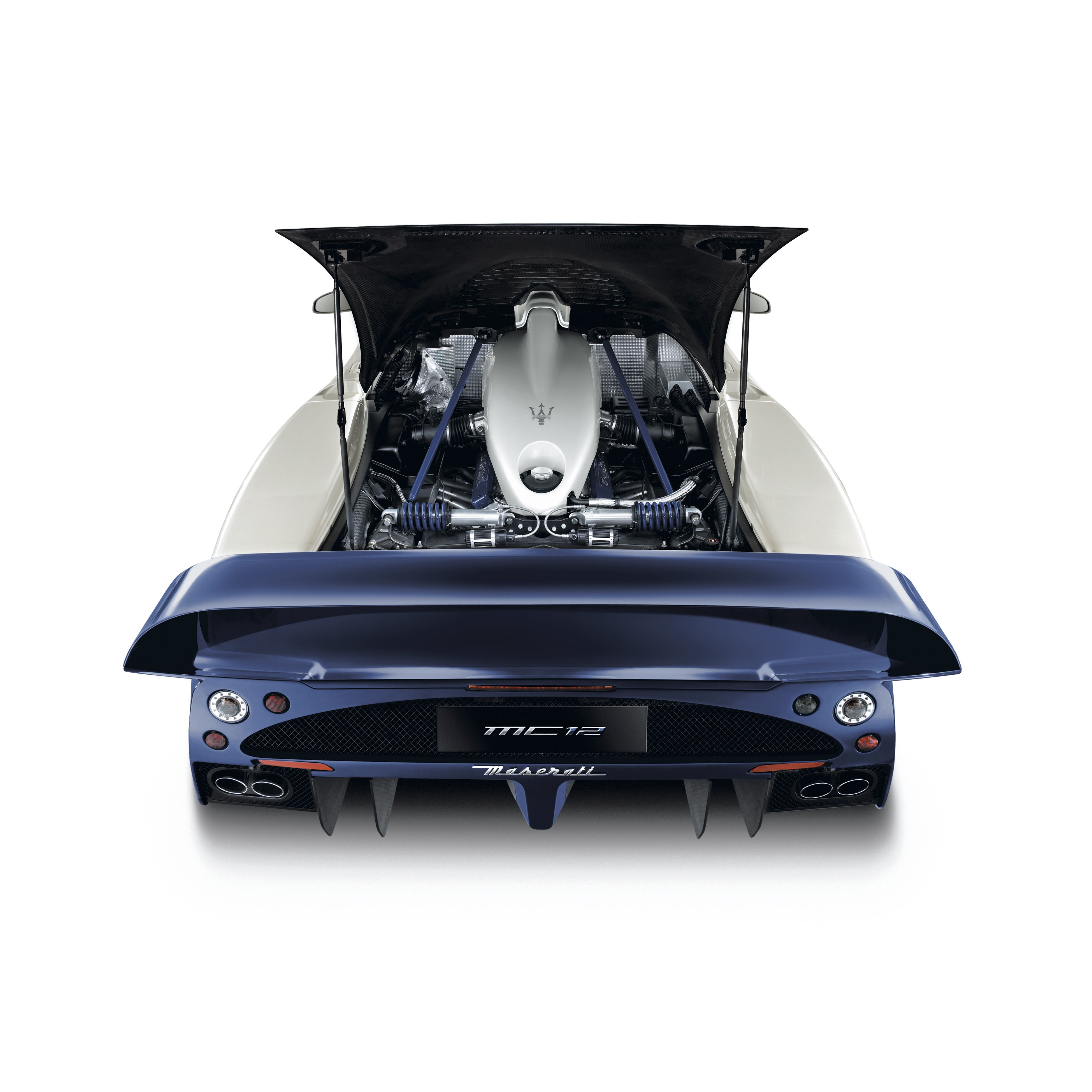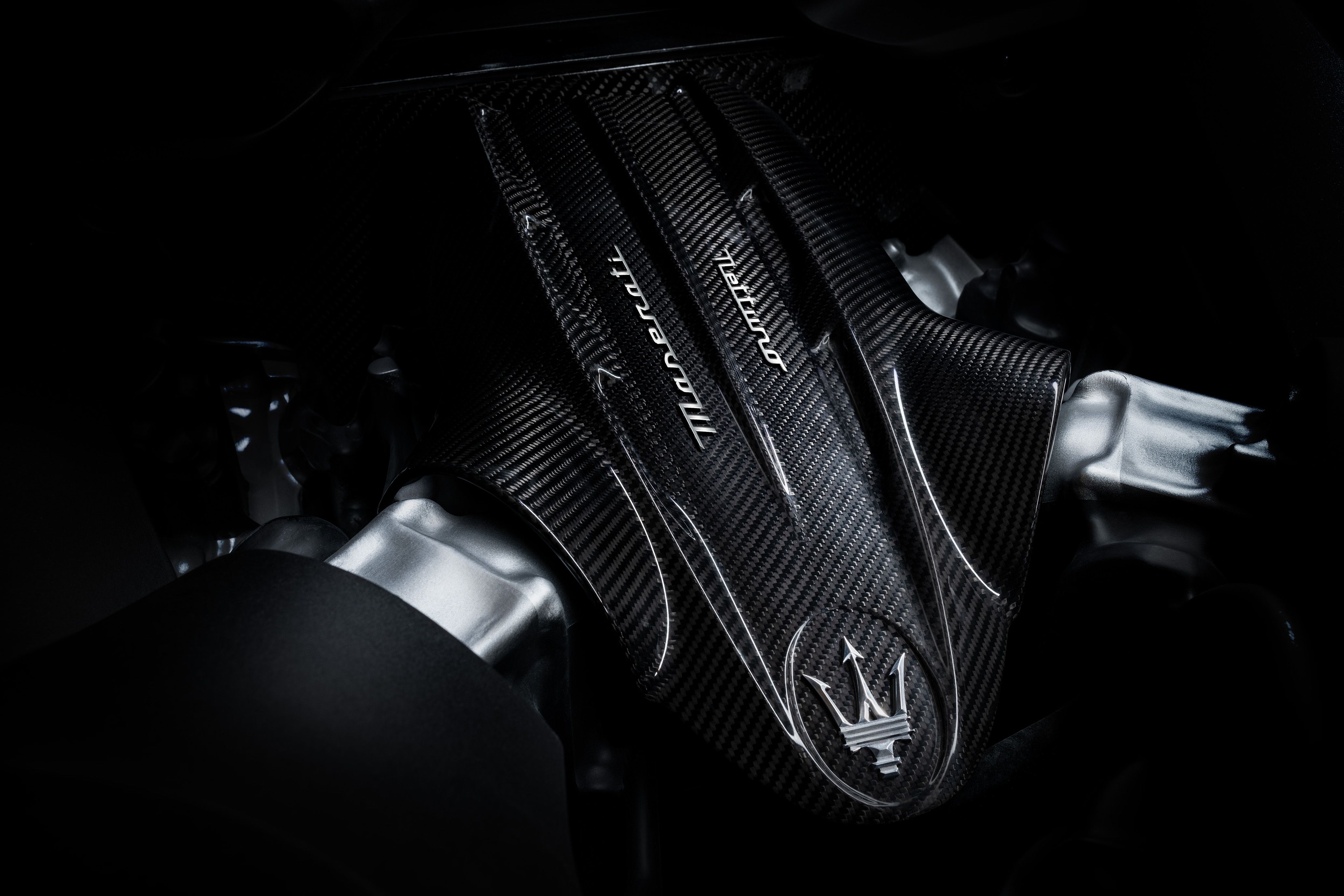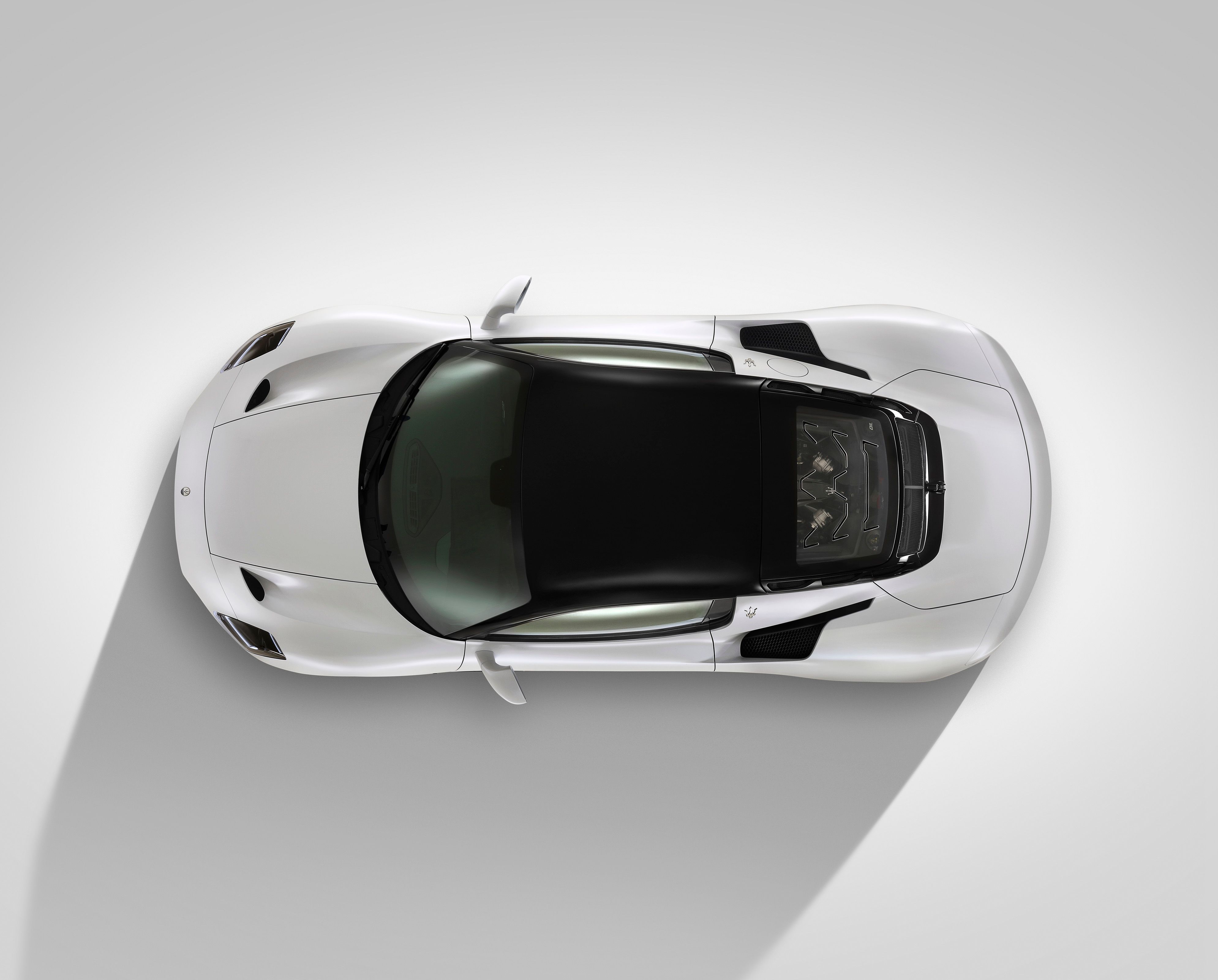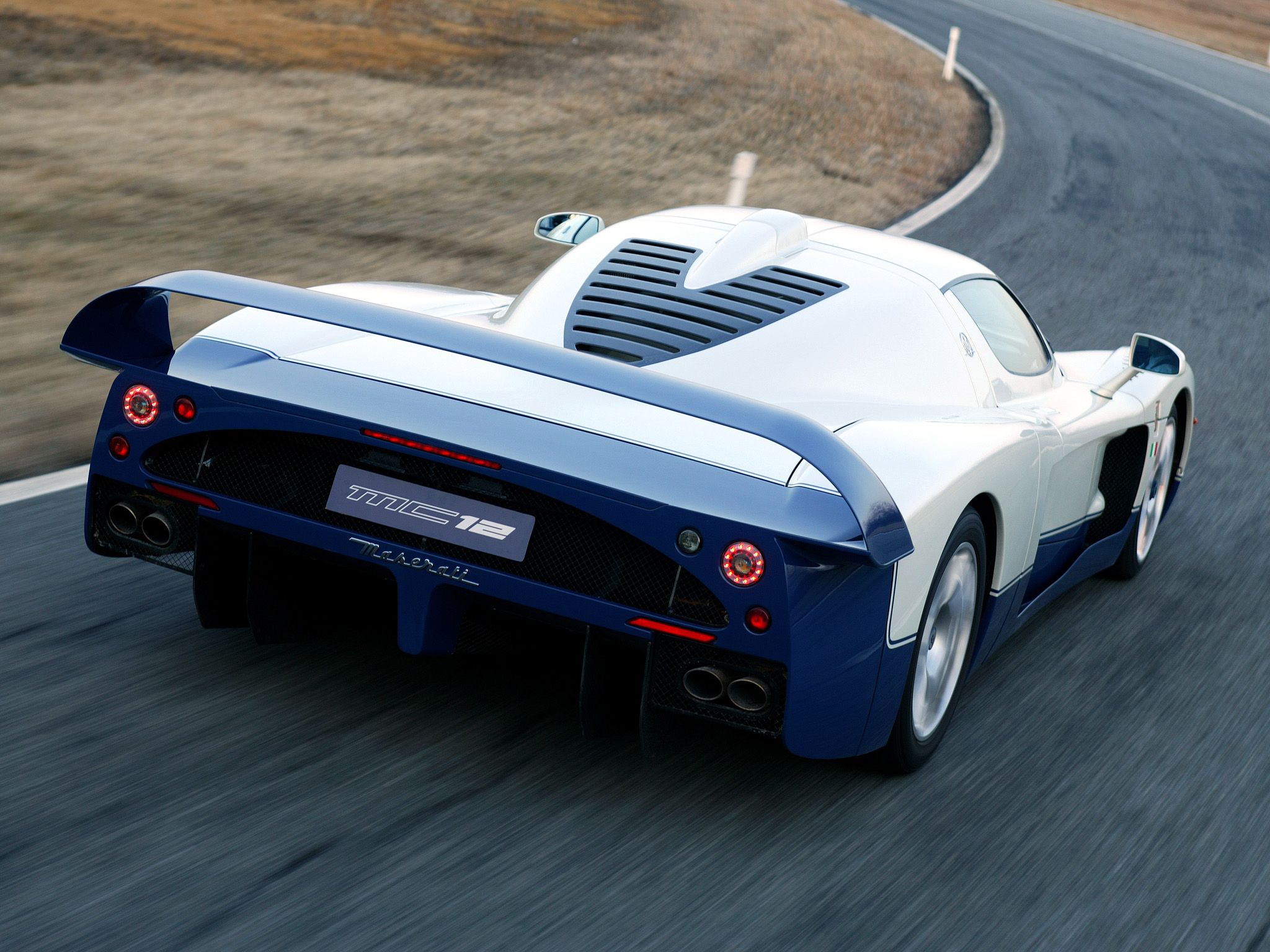The Maserati MC20 is the first supercar to come from the legendary Modenese automaker since the mid-'00s and, right as it arrived, the MC20 has sprung comparison after comparison with Maserati's last mid-engined creation, the MC12. Many have already labeled the MC20 as the 'spiritual successor of the MC12,' but we beg to differ.
The Maserati MC20 is The Brand's New Halo Car
Just like an aging boxer cherry-picking his fights to only face mediocre opponents, a brand with a storied past will be showered pretty quickly in criticism if it feels like it's losing its way or that it's straying away from the path that made it famous. Maserati, for instance, grew in stature and became a legendary name in the auto industry by winning races - both in Formula 1 and in sports cars - but, recently, all we've been hearing from the Italians is news of a slightly tweaked Levante or an upgraded Ghibli or Quattroporte. All while the last remaining sports car in its lineup has been seemingly forgotten by time and was still available for sale more than a decade after its launch.
With the said new, twin-turbocharged V-6 in the middle and butterfly doors, the MC20 boasts F1 tech and rides on a wave of nostalgia. During the launch event, we watched as frame after frame of archive footage passed before our eyes. There we saw Fangio in the 250F, Gurney in the T61 Birdcage, and, also, the Maserati MC12 GT1. With Andrea Bertolini, four-time FIA GT champion driving for Maserati back in the days of the MC12, present, Maserati's CEO announced that the company will return to racing.
|
|
ids=934312,934313 |
no_overlay=false |
before_label=Maserati MC20 |
after_label=Maserati MC12> |
The Maserati MC12 was based on the Enzo, the MC20 is all-new
When Ferrari unveiled the Enzo as a direct replacement for the gorgeous-sounding but also somewhat cumbersome F50, the Maranello-based company had no plans to race the gullwing hypercar that would be confined to doing battles on the street with the likes of Porsche's Carrera GT and Pagani's Zonda. However, Maserati, that was owned by Ferrari at the time, elected to carry out Ferrari's racing ambitions. After returning to the track with the Maserati Coupe Trofeo, a new car would fly the famous Maserati Trident in some of the world's most important GT championships, such as the FIA GT and the American Le Mans Series.
In order to go racing, Maserati pulled a page out of Porsche's handbook of tricks and first made a bespoke race car that would adhere to the FIA's GT1 ruleset. That race car was underpinned by a similar platform as the Enzo and also shared its F140 6.0-liter V-12. However, the body was all-new and was designed in the wind tunnel for maximum downforce. As such, the Maserati's Enzo-derived racer was 11.5 inches longer than the Enzo, 2.2 inches taller due to the Ram Air intake, and 2.4 inches wider. It also featured a 6-inch-longer wheelbase, although the track remained unchanged.
The final piece of the puzzle was fiddling with this new race car to make it roadworthy as the FIA required manufacturers entering GT1 competition to do so with a road-derived race car. 25 cars had to be built, and that's exactly how many road-legal MC12s were built in 2004, with 25 more examples coming out the following year. And then the production run ended while the track-bound MC12 kept racking up the wins up until 2010.
While only the windscreen is shared between the MC12 and the Enzo, the two are closely linked since the platform is similar, and then there's the gearbox which, on the road car, is the same as the Enzo's. Bits of the suspension are also shared between the two cars, although the two cars are miles apart in terms of the way they drive.
The MC12 was a much more exclusive proposition
As Maserati wanted to get back to racing in the big leagues, the Italians needed a brand-new car to do the job. After the MC12 was born, it was quickly decided that this new, ultra-expensive car would act as the company's 'halo car' hovering above droves of Gransports and Quattroportes. If Maserati sold thousands of those every year, only 50 street-spec MC12s were ever made. Some other track-bound 'Versione Corse' examples were built too, but those were basically unhinged FIA GT1 cars that had no business hanging around on the roads.
In other words, the Maserati MC12 is a truly rare bird among modern supercars. The Ferrari Enzo, for instance, was multiplied 400 times (the last example was gifted to the Pope and later sold at auction), and Porsche made 1,270 Carrera GTs. Even Bugatti made more examples of the original Veyron 16.4 at 178.
But the MC20 isn't in that same 'unobtanium' bracket as the MC12.
The MC20 is a lower-tier supercar compared to the MC12
When it was first unveiled 16 years ago, the Maserati MC12 immediately became one of the fastest and most potent road-legal supercars available. With a 6.0-liter V-12 developing 621 horsepower and 481 pound-feet of torque and a redline at 7,500 rpm, the MC12 was meant to do battle with the slightly more powerful Enzo (651 horsepower), the Carrera GT (603 horsepower), and the Pagani Zonda F (594 horsepower). All of the above were the mid-'00s equivalent of the 'Holy Trinity' from a few years ago.
The MC20, on the other hand, fights in a different arena. As Maserati outlined, its direct rivals will be Ferrari's F8 Tributo and the McLaren 720S. The F8 Tributo is the replacement of the 488 GTB and acts as Ferrari's entry-level mid-engined supercar while the 720S is the only representative of McLaren's so-called 'Super Series' which is sort of a mid-tier between the entry-level 540/570/600 models part of the 'Sports Series' and the truly alien 'Ultimate Series' models such as the Senna. Now, if Maserati truly wanted to create an MC12 follow-up, then they would've gone guns blazing in the general direction of the Senna, but, instead, they chose to target the 720S.
Both the F8 Tributo and the 720S are still incredibly good supercars and are incredibly fast, but they're of a different breed. Still, they're pretty serious pieces of kit. Maserati's key rivals both weigh around 3,100 pounds, their twin-turbo V-8s both develop 710 horsepower and sub-three-second 0-60 times are easily within reach of both of these cars that will top out at about 210 mph.
With 621 horsepower, the MC20 isn't only a bit underpowered compared to its rivals, but also a hair below the MC12's output and, of course, the MC12 lacked turbochargers. The same story applies to the torque ratings and, moreover, the Maserati won't exceed 201 mph. Whether that is enough for it to do battle with the F8 Tributo and the 720S remains to be seen, but we're sure that isn't enough for the MC20 to be called an MC12 successor. You can't follow up on a 205 mph car from 2004 with a 201 mph car built 16 years later...
The Maserati MC20 is a lot cheaper
For example, back when the Ferrari F50 was new, Ferrari asked $475,000 for it. The sales department in Maranello also asked you a raft of questions if you dared to ask about one of those F1-engined supercars, but that's a different matter altogether. Jump forward a decade, and the Enzo advertised for $670,000. That's only about $62,000 more than the MSRP of the F50 (adjusted for inflation at '05 values), which is about right. We know that the MC12 - due to its exclusivity - was priced absurdly high in period at $800,000 compared to $670,000 for the quicker Enzo but regardless of that, the MC20 had to be a +$700,000 supercar to stand a chance.
The MC12 is a true racing car for the road while the MC20 isn't
You may have heard Mr. JWW say during the MC20's launch event that the MC20 is a bona fide 'racing car for the road' and all those images of Maserati's old racing cars and the calming tones of Sir Stirling Moss talking about old-timey racing might have carried that spell for a short while, but it isn't. The MC20, as it was presented, is very much a road car. It doesn't present itself with insanely long overhangs for extra downforce, nor does it have a two-meter-wide wing hanging in the back. Sure, a racing version will probably come, but it will be made with the road car as the starting point, not the other way around, as it was the case with the MC12. By the way, the MC12 is 18.6 inches longer than the MC20 and 5.1 inches wider. Also, despite the intake on the roof, the MC12 is also 0.6 inches lower.

